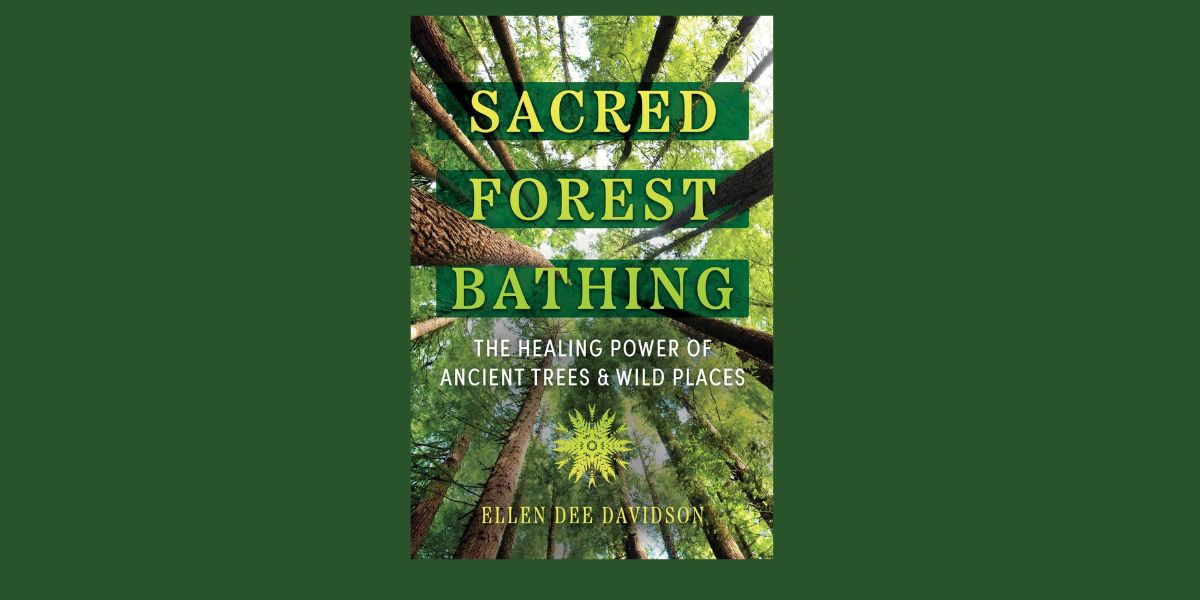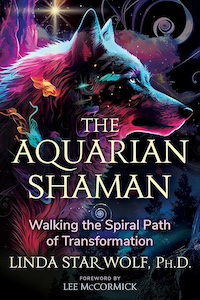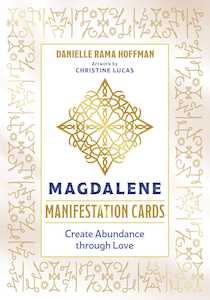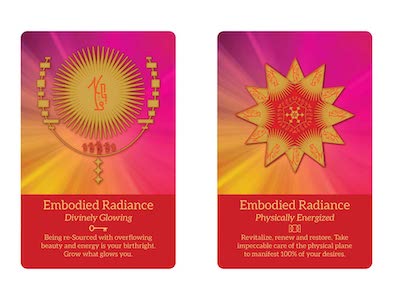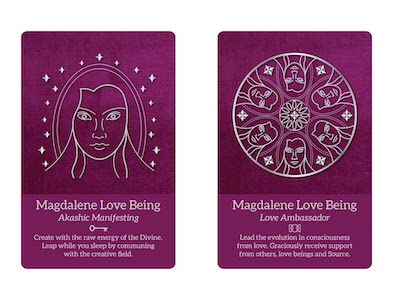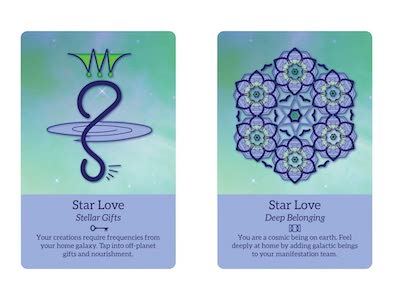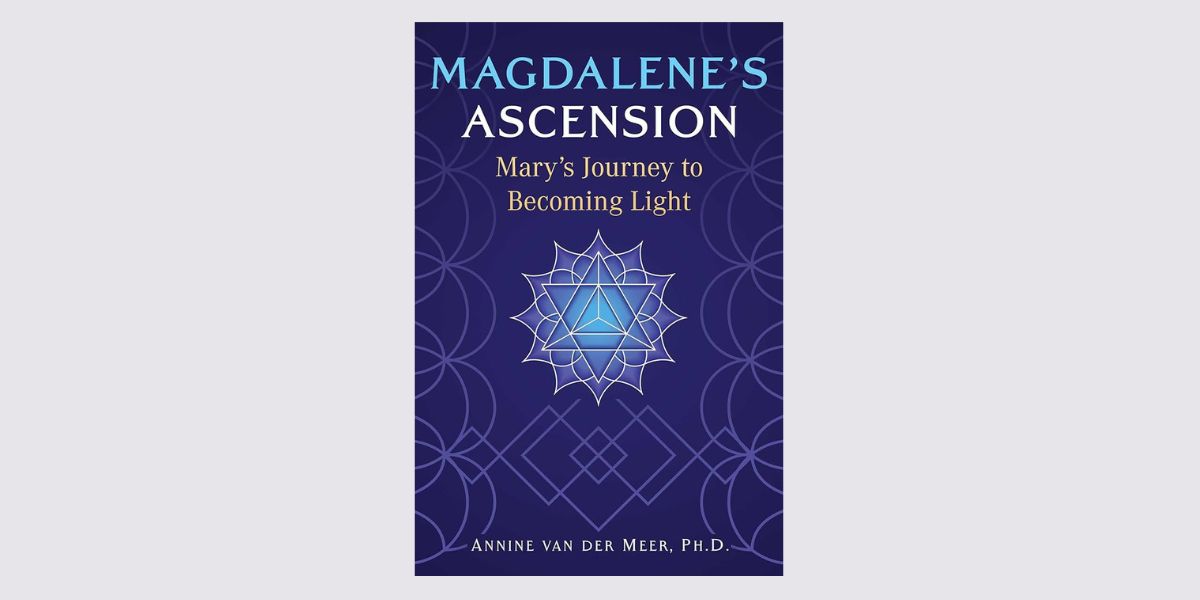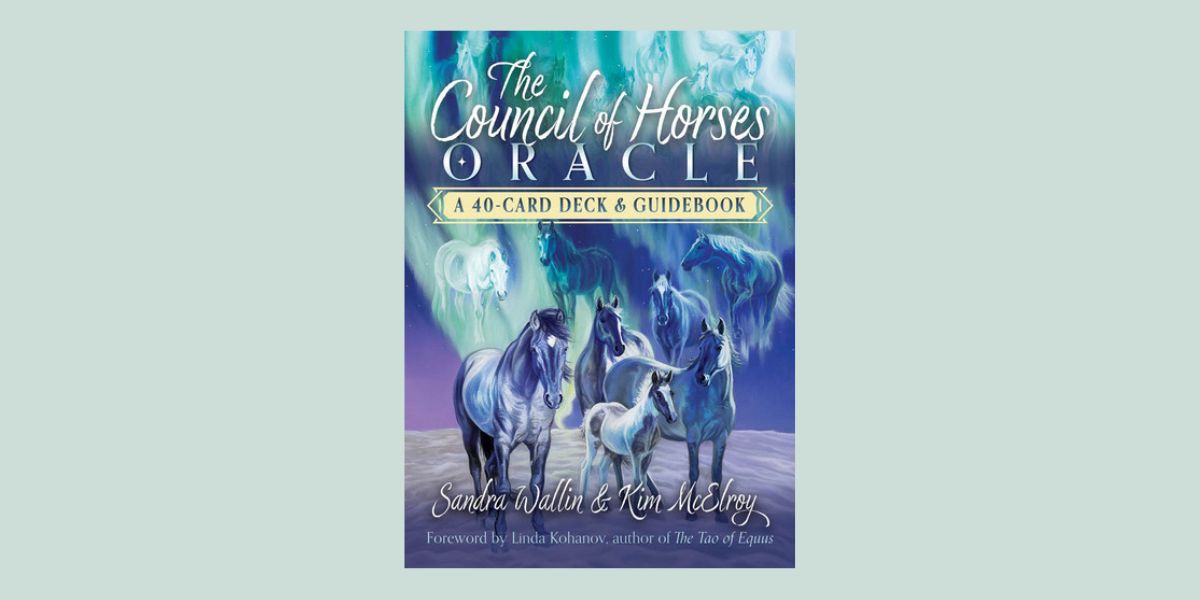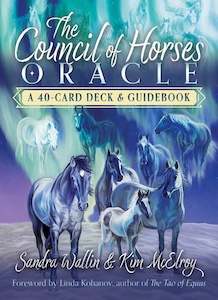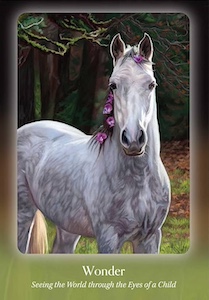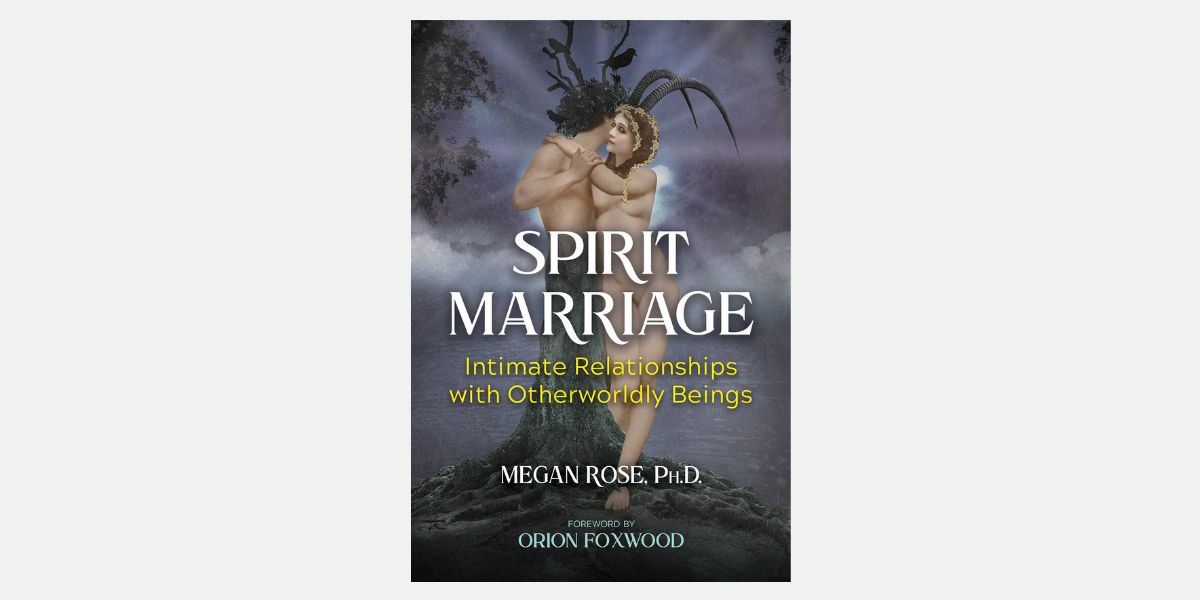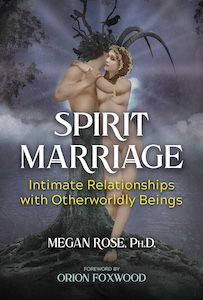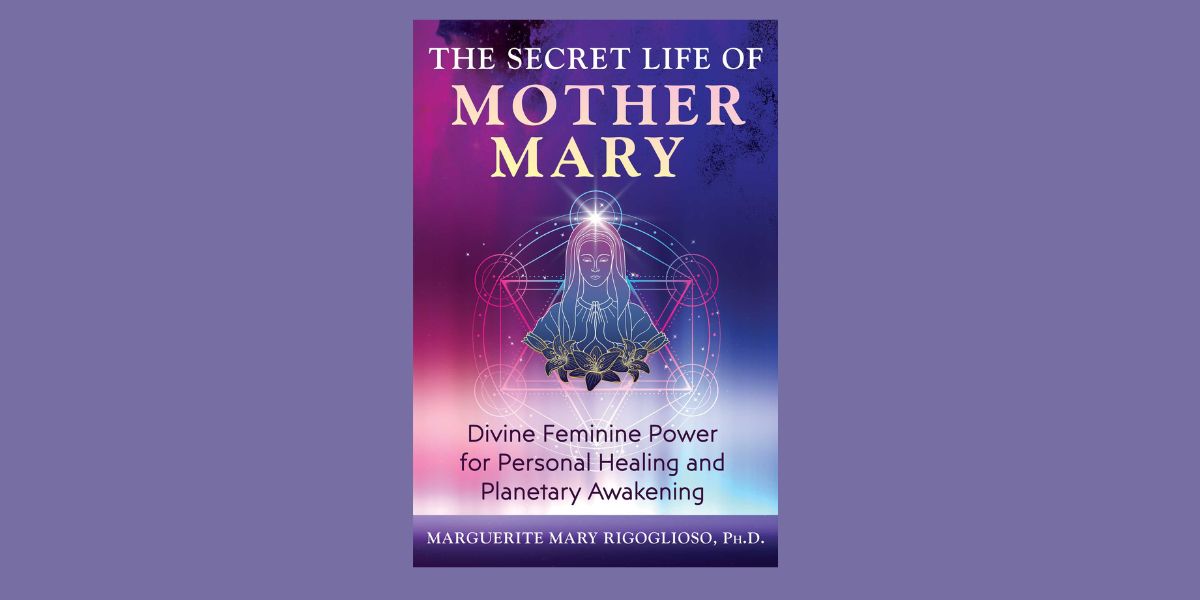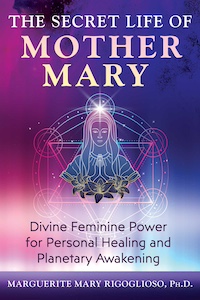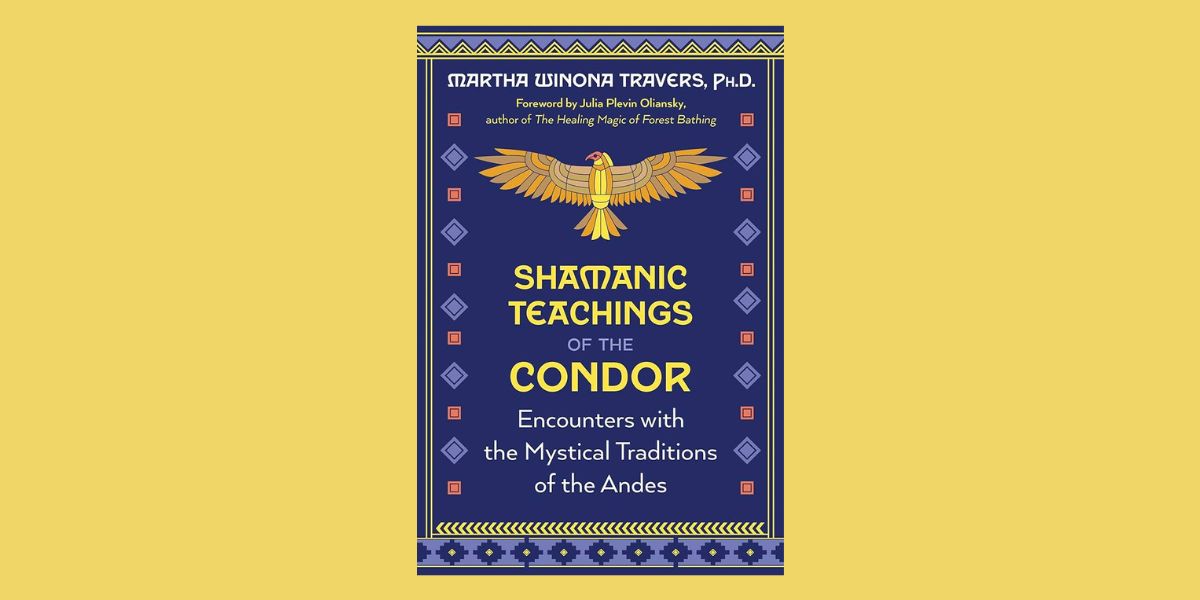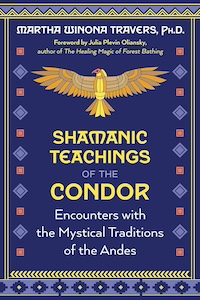
Sacred Forest Bathing: The Healing Power of Ancient Trees and Wild Places, by Ellen Dee Davidson
Bear & Company, 1591435471, 224 pages, April 2025
Sacred Forest Healing: The Healing Power of Ancient Trees and Wild Places by Ellen Dee Davidson will guide you through the forest while revealing its powerful healing benefits. Each chapter has profound wisdom, helpful advice, and activities to help us connect with nature on a deeper level. Davidson also shares her whimsical forest adventures too as well as others experiences with nature!
This book truly teaches us how to connect with the forest and listen to what it has to say. Within the first three chapters, we learn to tune into nature’s healing frequency through connection. Davidson recommends connecting with a specific spot at least twice a month and setting aside a couple of hours to spend here in nature.She notes this location doesn’t even have to be a forest–any wild places will do!
Davidson provides some awesome tips and information throughout. For instance, she mentions some good reminders on safety, such as knowing the hazards of your surroundings before proceeding with your meditation, remembering to be aware of your surroundings, checking for ticks, and so on. Davidson also tells us about the Association of Nature and Forest Therapy, which I’ll be looking into more because I was unaware of them until I started reading this book! We also learn about the significance of the healing powers of trees in some different cultures.
In chapter five, we learn something about coral reefs that I found interesting: the musical sounds of fish apparently help coral reefs thrive! This is important to know because we gain more guidance towards the end not about a forest but bodies of water! This is my favorite form of nature therapy. Here’s what Davidson has to say about bodies of water:
“Blue spaces have similar powerful healing effects to being in forests. Time by rivers, oceans, lakes, waterfalls, and even fountains is shown to boost mood, lower stress, and increase health and well being.”1
This is indeed all very true. In personal experience, I could leave the house in a bad mood and then spending three hours near a stream would help me greatly.
Nature truly heals. We see this in chapter one where Davidson talks about her health. But, moving forward, chapter seven presents us with Davidson’s experience hiking after some storms, choosing a less popular trail. She shares with us this lovely wisdom:
“I get up again for another easy stretch of trail, knowing that we face many obstacles, but the flowers are still blooming and they are worth our attention.”2
We continue our journey with Davidson, sharing her experiences out in the woods. In chapter nine she get into some deep topics about how the Hopi believe that we are in the fourth world and how this world will end in violent weather and turn to the fifth world. Truly some interesting stuff to dive into deeper at some point in my freetime! She shares this on the whole idea of this evolution:
“And all prophecies indicate that realizing the potential for our evolution into a more peaceful world depends on the choices we make.”3
Very well spoken wisdom once more!!
Chapter ten we learn about her experience with Celtic nature magic, which she describes further into chapter twelve. As we keep reading, we get to read more of Davidson’s experiences with other intuitive individuals. She shares some more of her personal experiences, such as her dreams, what she experiences while meditating in the forest near one of her trees, as well as one walk where she finds a baby owl. As a side note, I also love and appreciate how each tree she forms a bond with has a specific name like “Grandmother Dragon Tree”!
At the end of each chapter is a section called “Forest Guidance”, which gives us some activities to try out. My favorite one that I tried out was on page 134, which opens readers up to the idea of your chosen spot being a realm of imagination. This was really fun to just let go and go back to a childlike sense of wonder and creativity once again.
I took the time to read this book for a week and follow many of these activities. This book truly gave me some fun and magical experiences. I sincerely appreciate the moments of reflection and insight I had. The guidance you receive out of these makes you very whole and complete; I would also even add satisfaction. I began feeling more connected to the places I’ve already felt deeply connected with! I’m very pleased with how much this book has been teaching me more about healing with nature. I’ve only been healing with nature for a few years now, and it seems like there’s a lot more to know–Davidson is the perfect guide!
In conclusion, I believe anyone can benefit from reading Sacred Forest Bathing. Davidson proves through her research and personal experience how nature is a powerful force that can help us heal. Even if you are skeptical, hear me out when I say that through my own experience reading this book that everything written will most definitely guide you along your healing journey. This book was such a good read and I highly recommend it.

Holly is a witch, photographer, tarot reader, artist, and freelance writer from Appalachia. She’s driven by her passion and stubbornness to follow her dreams of becoming a successful artist and writer. She can be found on Instagram under @hermitwitchholly.
